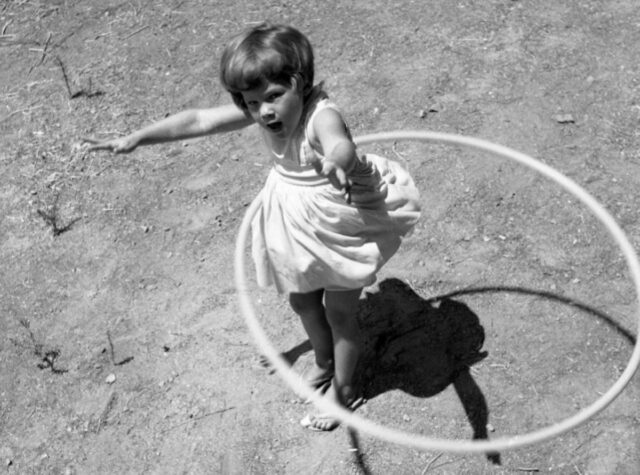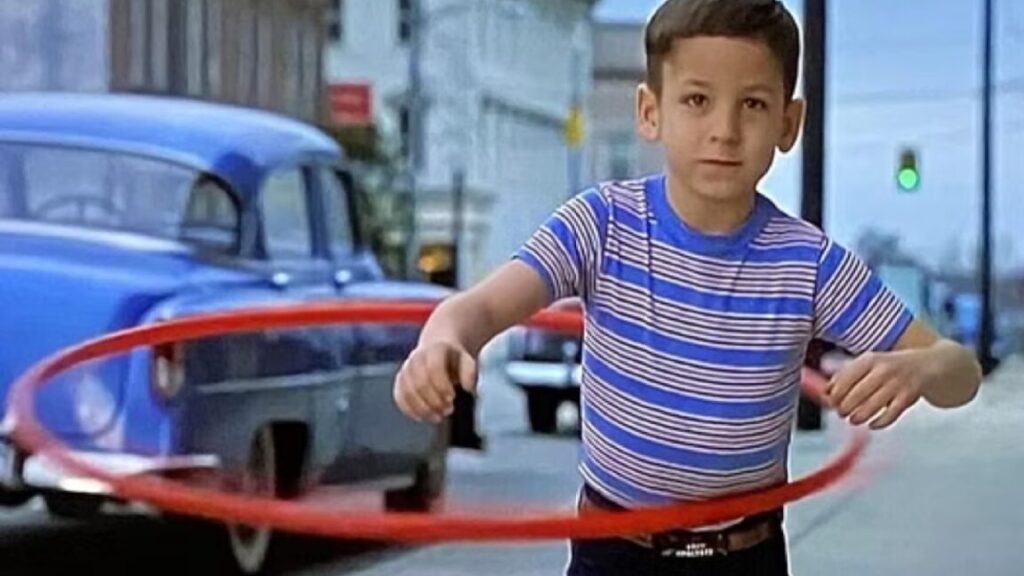Delve into the physics of the Hula-Hoop
High-speed video of experiments on a robotic hula hooper, whose hourglass form holds the hoop up and in place.
Some version of the Hula-Hoop has been around for millennia, but the popular plastic version was introduced by Wham-O in the 1950s and quickly became a fad. Now, researchers have taken a closer look at the underlying physics of the toy, revealing that certain body types are better at keeping the spinning hoops elevated than others, according to a new paper published in the Proceedings of the National Academy of Sciences.
“We were surprised that an activity as popular, fun, and healthy as hula hooping wasn’t understood even at a basic physics level,” said co-author Leif Ristroph of New York University. “As we made progress on the research, we realized that the math and physics involved are very subtle, and the knowledge gained could be useful in inspiring engineering innovations, harvesting energy from vibrations, and improving in robotic positioners and movers used in industrial processing and manufacturing.”
Ristroph’s lab frequently addresses these kinds of colorful real-world puzzles. For instance, in 2018, Ristroph and colleagues fine-tuned the recipe for the perfect bubble based on experiments with soapy thin films. In 2021, the Ristroph lab looked into the formation processes underlying so-called “stone forests” common in certain regions of China and Madagascar.
In 2021, his lab built a working Tesla valve, in accordance with the inventor’s design, and measured the flow of water through the valve in both directions at various pressures. They found the water flowed about two times slower in the nonpreferred direction. In 2022, Ristroph studied the surpassingly complex aerodynamics of what makes a good paper airplane—specifically, what is needed for smooth gliding.

Girl twirling a Hula-Hoop in 1958 Credit: George Garrigues/CC BY-SA 3.0
And last year, Ristroph’s lab cracked the conundrum of physicist Richard Feynman’s “reverse sprinkler” problem, concluding that the reverse sprinkler rotates a good 50 times slower than a regular sprinkler but operates along similar mechanisms. The secret is hidden inside the sprinkler, where there are jets that make it act like an inside-out rocket. The internal jets don’t collide head-on; rather, as water flows around the bends in the sprinkler arms, it is slung outward by centrifugal force, leading to asymmetric flow.
Delve into the physics of the Hula-Hoop Read More »
